My summer and fall historical fiction picks, part 2
Here's the second entry in my series of posts about historical novels I'm keeping an eye out for this summer and fall (part one is here). Although I haven't been seeking out new books for review, generally, these are titles I'd happily make exceptions for! As usual for these lists, the settings are all over the place, but that's the way I like it.
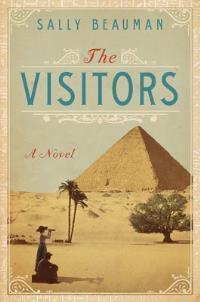
An epic novel of adventure, discovery, and the effects of colonialism, centering on the search for the tomb of Tutankhamen in the early 1920s. Here, the events are seen from the viewpoint of a young English girl. Harper, July 2014.
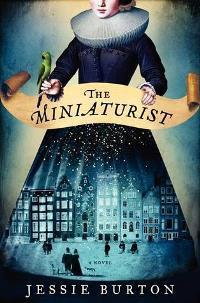
A young, neglected wife in 1680s Amsterdam is given an unexpected wedding gift: a miniature house that looks just like her residence, and whose mysterious furnishings give her unexpected insight into the household. I'll be formally reviewing this one later on. Ecco, September 2014.
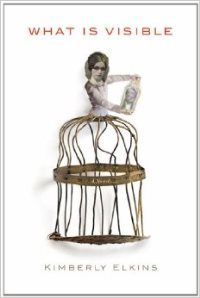
As a child, I was given a copy of Edith Fisher Hunter's inspiring Child of the Silent Night, a book about Laura Bridgman, a blind and deaf girl from early 19th-century New England who learned to communicate in English. Kimberly Elkins' literary debut novel narrates the book in Laura's imagined voice, and I'm curious to read her interpretation. Twelve, June 2014.
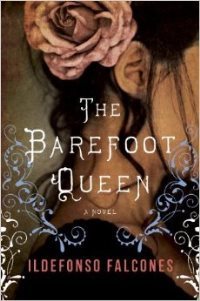
The setting and characters of this novel caught my attention: it's about a former Cuban slave and a gypsy living on the fringes of society in 18th-century Spain. This is the Barcelona-based author's 3rd book to be translated into English, following Cathedral of the Sea and The Hand of Fatima. Crown, November 2014.
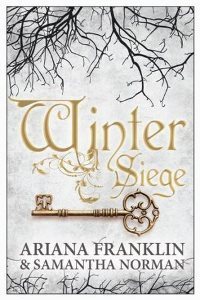
To say that this novel is highly anticipated is an understatement. Ariana Franklin's (aka Diana Norman) final work, completed after her death by her daughter, takes place in her home turf of 12th-century England and is a standalone historical novel set in the fenlands. Bantam UK, October 2014.

Goddess is the adult fiction debut from an Australian novelist who has previously written a number of highly regarded YA historical novels and children's titles. I hadn't heard of Julie d'Aubigny before, but the publisher's blurb tells me she was an opera singer and swordswoman, a lover of both men and women whose flamboyant ways both fascinated and outraged 17th-century France. I'm eager to read her story (US readers can get it on Kindle, like I did). Fourth Estate Australia, June 2014.
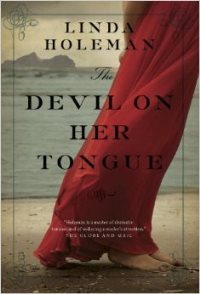
I can always rely on Linda Holeman's novels to whisk me away to locales where I've never been. Her latest book envisions 18th-century Portugal through the eyes of a half-Dutch, half-African young woman determined to lift herself out of poverty and create a better life for herself. Random House Canada, June 2014.
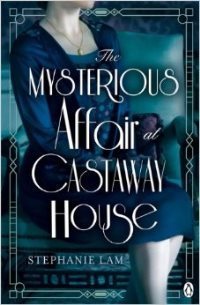
As you can guess from the title, this is a gothic mystery involving a creepy old house, which of course is why I'm listing it here. The main thread takes place in an English seaside town in 1965. A runaway gets caught up in discovering secrets dating from the '20s, when a young man came to stay with his cousin at Castaway House.. Penguin UK, September 2014.
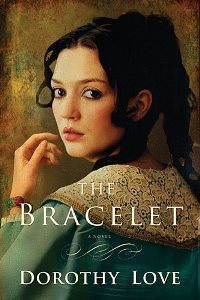
Just like the author's Carolina Gold, a beautifully written Southern historical that should appeal equally to Christian and secular readers alike, The Bracelet takes inspiration from real events. Set in 19th-century Savannah, a young woman seeks the truth about a tragedy that occurred in her home during her childhood. And what a beautiful cover! Thomas Nelson, December 2014.
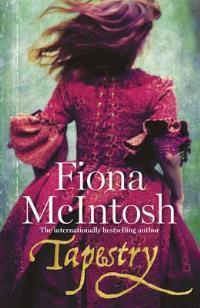
Having recently finished McIntosh's The Tailor's Girl, a romantic novel set in WWI-era England, I'm eager to dive into her newest book: a time-slip novel taking readers from 1970s England to Scotland during the Jacobite rebellion. HarperCollins Australia, May 2014.
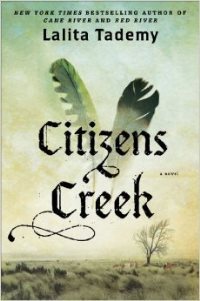
From the author of Cane River comes a new novel that tells the parallel stories of Cow Tom, a historical figure born into slavery who became an accomplished translator for the Muskogee Nation in the mid-19th century, and his granddaughter, Rose, who battles racial oppression in her own time. This is an aspect of American history that's important yet too little known. Atria, November 2014.

An epic novel of adventure, discovery, and the effects of colonialism, centering on the search for the tomb of Tutankhamen in the early 1920s. Here, the events are seen from the viewpoint of a young English girl. Harper, July 2014.

A young, neglected wife in 1680s Amsterdam is given an unexpected wedding gift: a miniature house that looks just like her residence, and whose mysterious furnishings give her unexpected insight into the household. I'll be formally reviewing this one later on. Ecco, September 2014.

As a child, I was given a copy of Edith Fisher Hunter's inspiring Child of the Silent Night, a book about Laura Bridgman, a blind and deaf girl from early 19th-century New England who learned to communicate in English. Kimberly Elkins' literary debut novel narrates the book in Laura's imagined voice, and I'm curious to read her interpretation. Twelve, June 2014.

The setting and characters of this novel caught my attention: it's about a former Cuban slave and a gypsy living on the fringes of society in 18th-century Spain. This is the Barcelona-based author's 3rd book to be translated into English, following Cathedral of the Sea and The Hand of Fatima. Crown, November 2014.

To say that this novel is highly anticipated is an understatement. Ariana Franklin's (aka Diana Norman) final work, completed after her death by her daughter, takes place in her home turf of 12th-century England and is a standalone historical novel set in the fenlands. Bantam UK, October 2014.

Goddess is the adult fiction debut from an Australian novelist who has previously written a number of highly regarded YA historical novels and children's titles. I hadn't heard of Julie d'Aubigny before, but the publisher's blurb tells me she was an opera singer and swordswoman, a lover of both men and women whose flamboyant ways both fascinated and outraged 17th-century France. I'm eager to read her story (US readers can get it on Kindle, like I did). Fourth Estate Australia, June 2014.

I can always rely on Linda Holeman's novels to whisk me away to locales where I've never been. Her latest book envisions 18th-century Portugal through the eyes of a half-Dutch, half-African young woman determined to lift herself out of poverty and create a better life for herself. Random House Canada, June 2014.

As you can guess from the title, this is a gothic mystery involving a creepy old house, which of course is why I'm listing it here. The main thread takes place in an English seaside town in 1965. A runaway gets caught up in discovering secrets dating from the '20s, when a young man came to stay with his cousin at Castaway House.. Penguin UK, September 2014.

Just like the author's Carolina Gold, a beautifully written Southern historical that should appeal equally to Christian and secular readers alike, The Bracelet takes inspiration from real events. Set in 19th-century Savannah, a young woman seeks the truth about a tragedy that occurred in her home during her childhood. And what a beautiful cover! Thomas Nelson, December 2014.

Having recently finished McIntosh's The Tailor's Girl, a romantic novel set in WWI-era England, I'm eager to dive into her newest book: a time-slip novel taking readers from 1970s England to Scotland during the Jacobite rebellion. HarperCollins Australia, May 2014.

From the author of Cane River comes a new novel that tells the parallel stories of Cow Tom, a historical figure born into slavery who became an accomplished translator for the Muskogee Nation in the mid-19th century, and his granddaughter, Rose, who battles racial oppression in her own time. This is an aspect of American history that's important yet too little known. Atria, November 2014.
Published on May 28, 2014 04:30
No comments have been added yet.



